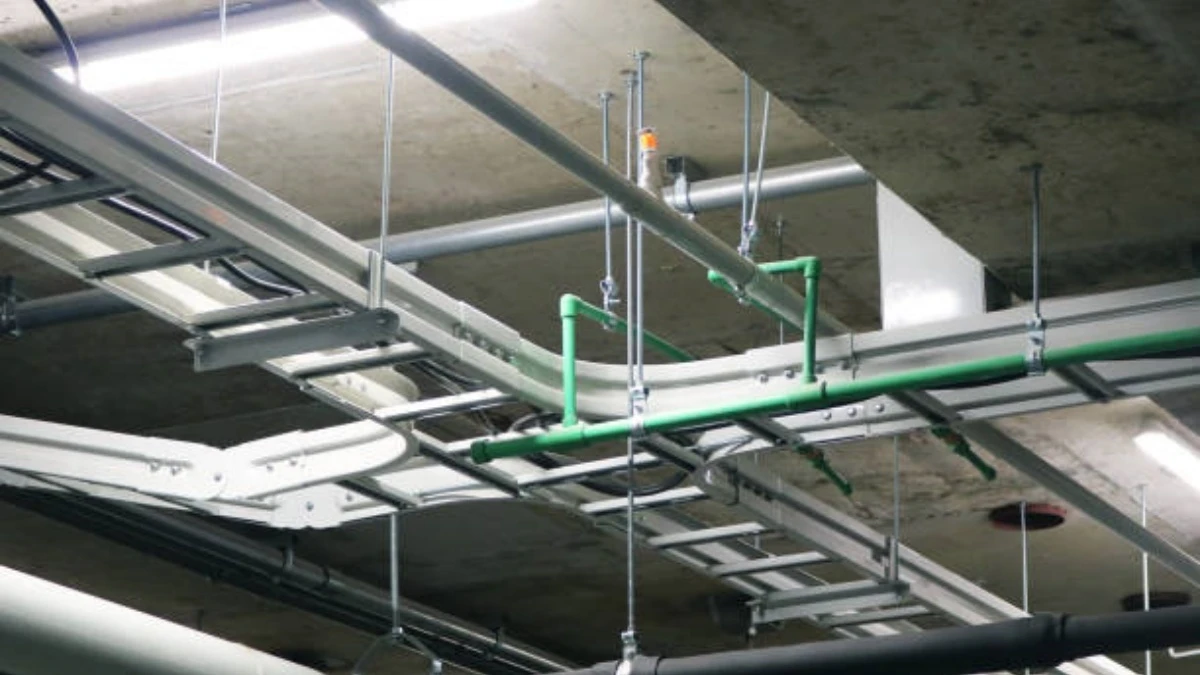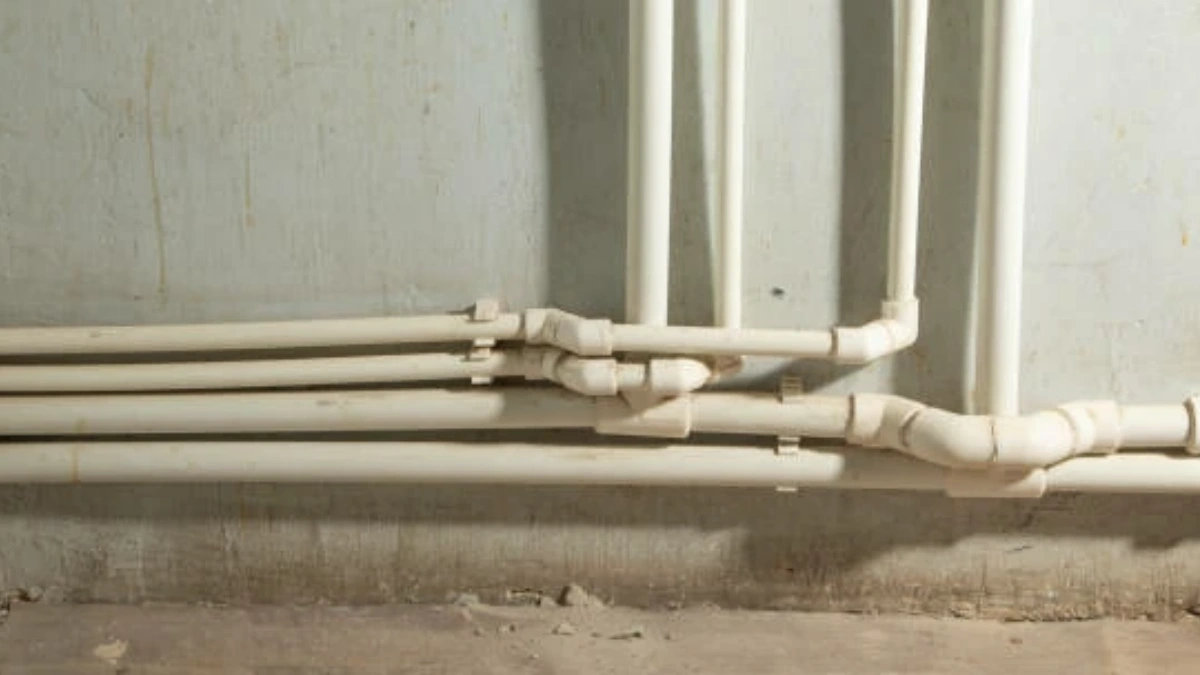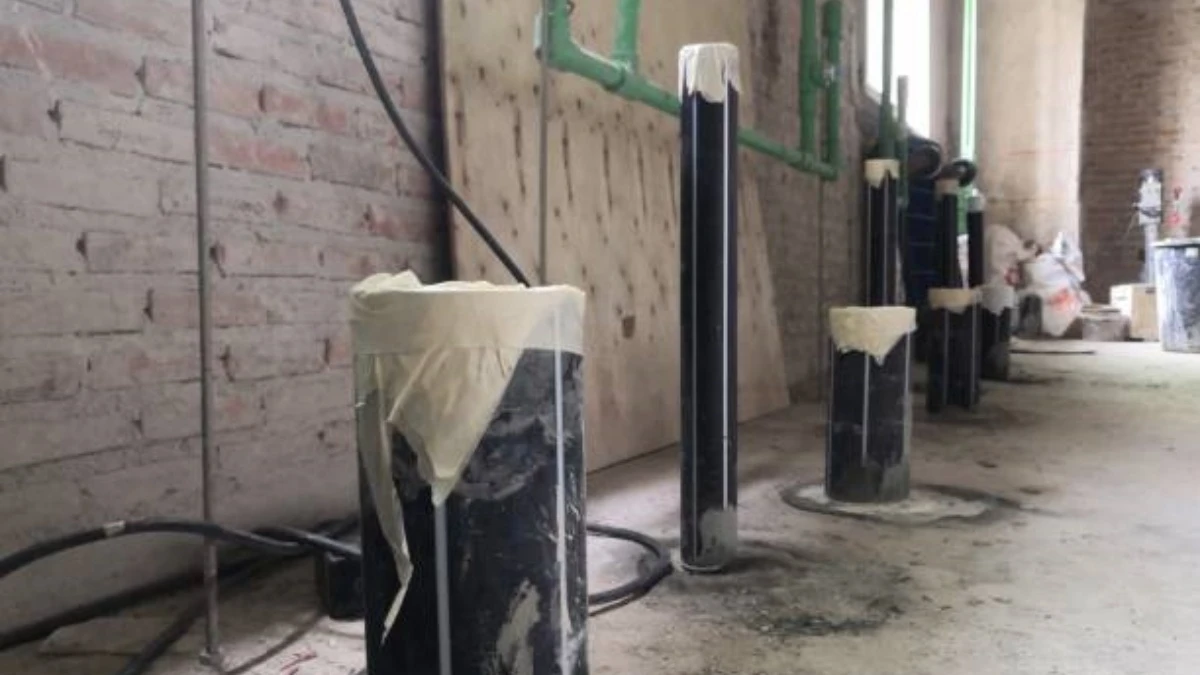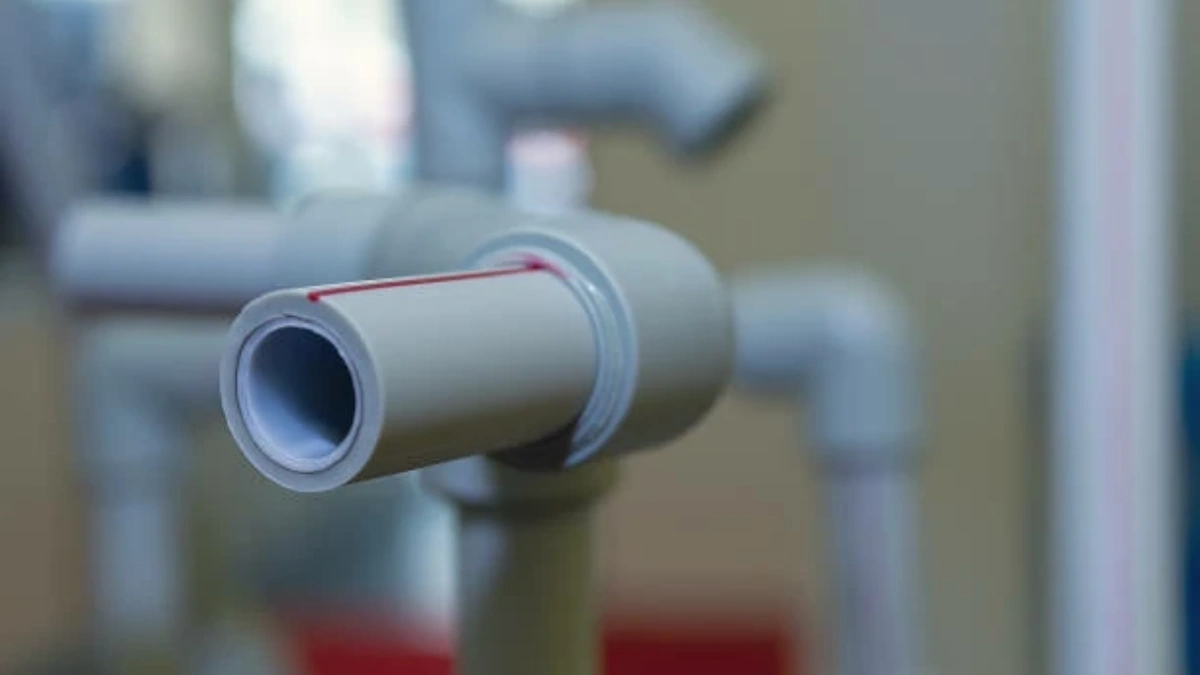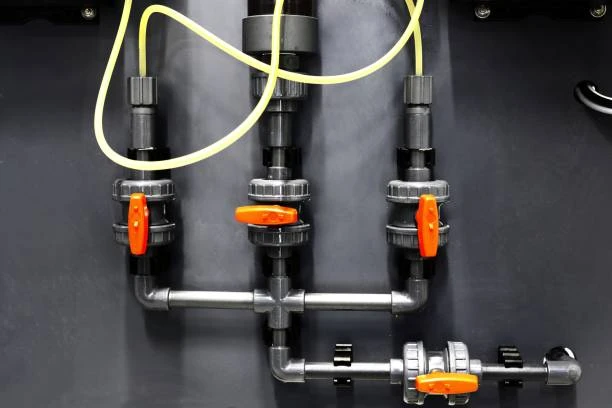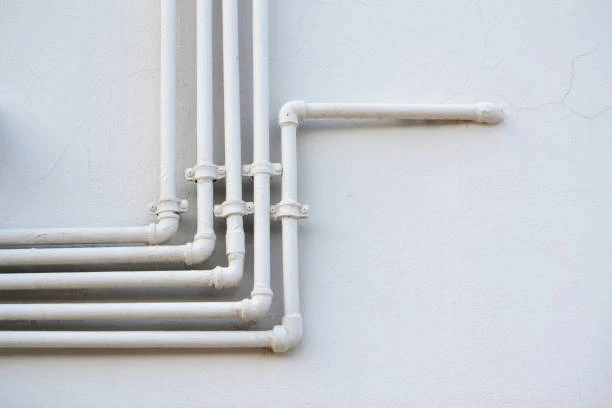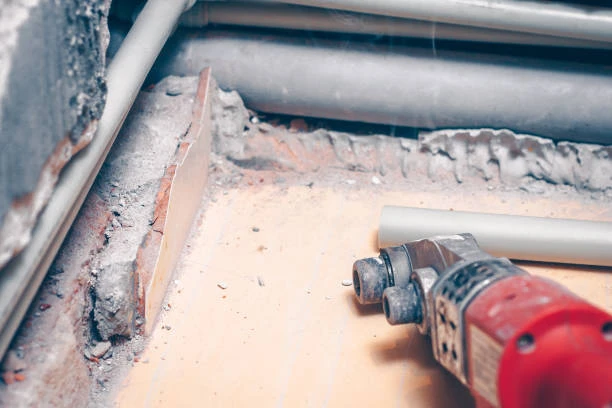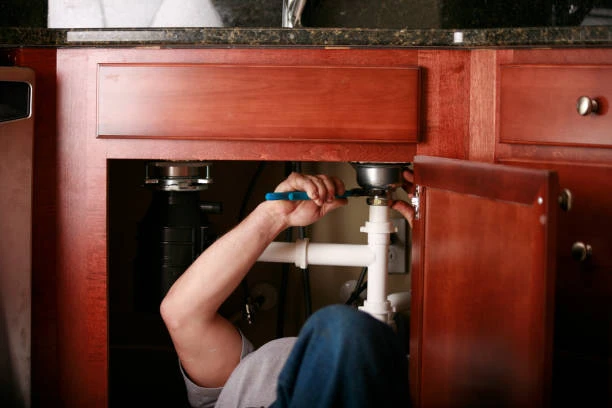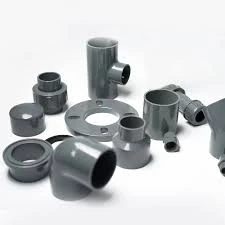
Understanding the Basics of Solvent Welding
What is Solvent Welding?
Solvent welding involves applying a chemical solvent that softens the surfaces of pvc , allowing them to bond upon contact.
Advantages of Solvent Welding
- Strength: Creates a joint stronger than the pipe itself.
- Durability: Resistant to water, chemicals, and UV exposure.
- Ease of Use: Requires minimal tools and equipment.
Tools and Materials Needed
Essential Tools
- PVC cutter or saw
- Deburring tool
- Applicator brush or swab
Materials Required
- PVC pipes and fittings
- PVC solvent cement
- Primer (if required)
Step-by-Step Guide to Solvent Welding PVC
Step 1: Gather Your Materials
Ensure you have all the necessary tools and materials ready before starting.
Step 2: Measure and Cut the Pipe
Use a PVC cutter to cut your pipe to the desired length. Ensure the cut is straight for a better fit.
Step 3: Deburr the Edges
Remove any sharp edges or burrs from the cut ends using a deburring tool. This step is crucial for a smooth joint.
Step 4: Clean the Surfaces
Clean the surfaces of the pipe and fitting with a cloth to remove dust and debris.
Step 5: Apply Primer (If Needed)
If you’re using a primer, apply it evenly to both the pvc pipe. This step enhances adhesion.
Step 6: Apply Solvent Cement
Use the applicator brush to apply a generous amount of solvent cement to both surfaces.
Step 7: Join the Pieces
Quickly insert the pipe into the fitting, giving it a slight twist for an even bond. Hold in place for a few seconds.
Step 8: Allow to Cure
Let the joint cure for at least 30 minutes before testing for leaks.
Common Mistakes to Avoid
- Skipping the Primer: Always use primer for a stronger bond.
- Over-application of Cement: Too much cement can lead to drips and weak joints.
- Not Allowing Enough Cure Time: Rushing this step can cause leaks.
Safety Precautions
- Work in a well-ventilated area to avoid inhaling fumes.
- Wear gloves and safety glasses to protect your skin and eyes.
Conclusion
Solvent welding PVC pipes and fittings is a straightforward process that provides durable connections. With the right tools and techniques, you can ensure your plumbing projects are solid and reliable.
FAQs
1. Can I use solvent welding for other types of pipes?
No, solvent welding is specific to PVC and compatible materials.
2. How long does it take for the joint to fully cure?
While initial curing takes about 30 minutes, complete curing can take 24 hours.
3. Is primer always necessary?
While not always required, using primer improves the strength of the bond.
4. Can I disassemble a solvent-welded joint?
No, solvent-welded joints are designed to be permanent.
5. What should I do if I notice a leak?
Cut out the faulty joint and re-weld using proper techniques.
